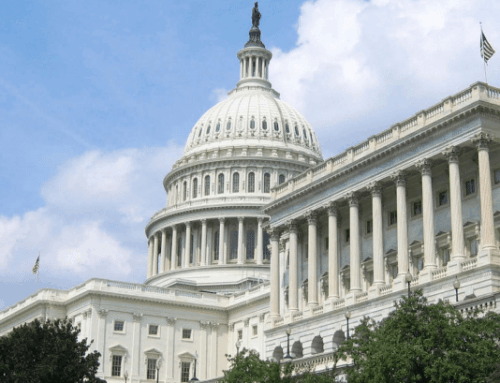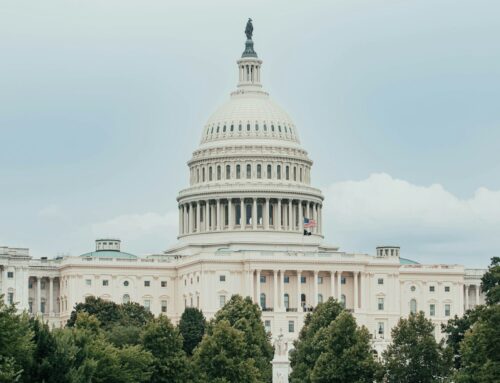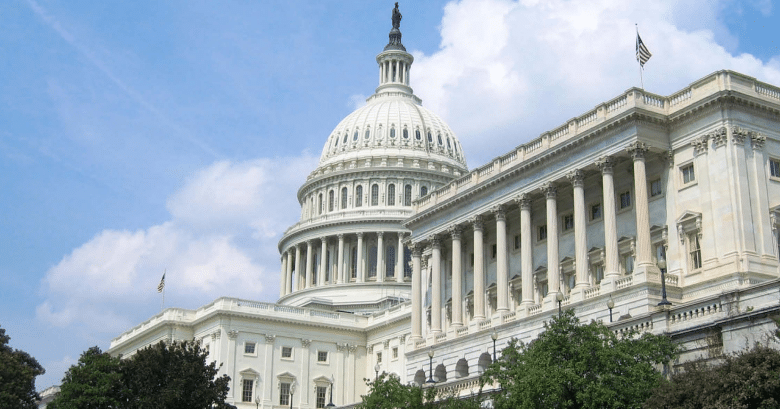Congress disclosed 11,234 earmarks worth $14.8 billion in this year’s spending bills. An additional $3.5 billion worth of earmarks were added with no sponsor identified. The $18.3 billion worth of earmarks in the fiscal year 2008 spending bills represents a 23 percent cut in total earmarks from the high water mark of 2005, but a smaller cut than the 50 percent reduction House leadership initially set as its goal.
For the past five years, Taxpayers for Common Sense (TCS) has documented the significant growth in the dollar amount and number of congressional earmarks. In past years, these tracking efforts were made difficult by a lack of information tying lawmakers to specific earmarks.
Earmarks and the threat they pose as an element of pay-to-play corruption in Washington helped fuel public discontent with Congress during the 2006 elections. In January 2007, the House of Representatives voted overwhelmingly to make members stand by their earmarks, disclosing sponsors’ names next to the projects they requested in legislation. The Senate quickly followed suit, voting to adopt a similar rule.
As a result of these changes, the public has more information about earmarks than ever before. Over the course of the last nine months, TCS staff and interns have devoted thousands of hours to researching, reconciling, and double-checking every earmark identified by Congress and every spending item that meets our definition of an earmark. We have created a comprehensive database of all of the earmarks in the final spending bills and, for the first time, connected almost every earmark with a political sponsor. The analysis below and accompanying database is the culmination of that work.
In addition to the raw data, we include observations and analyses of the strengths and weaknesses of the new disclosure process, including the differences in practice in the House and the Senate, and a set of recommendations for next steps in the process of improving transparency and accountability in the FY 2009 appropriations bill.
Read the full report, Ending the Earmark ATM (pdf).










